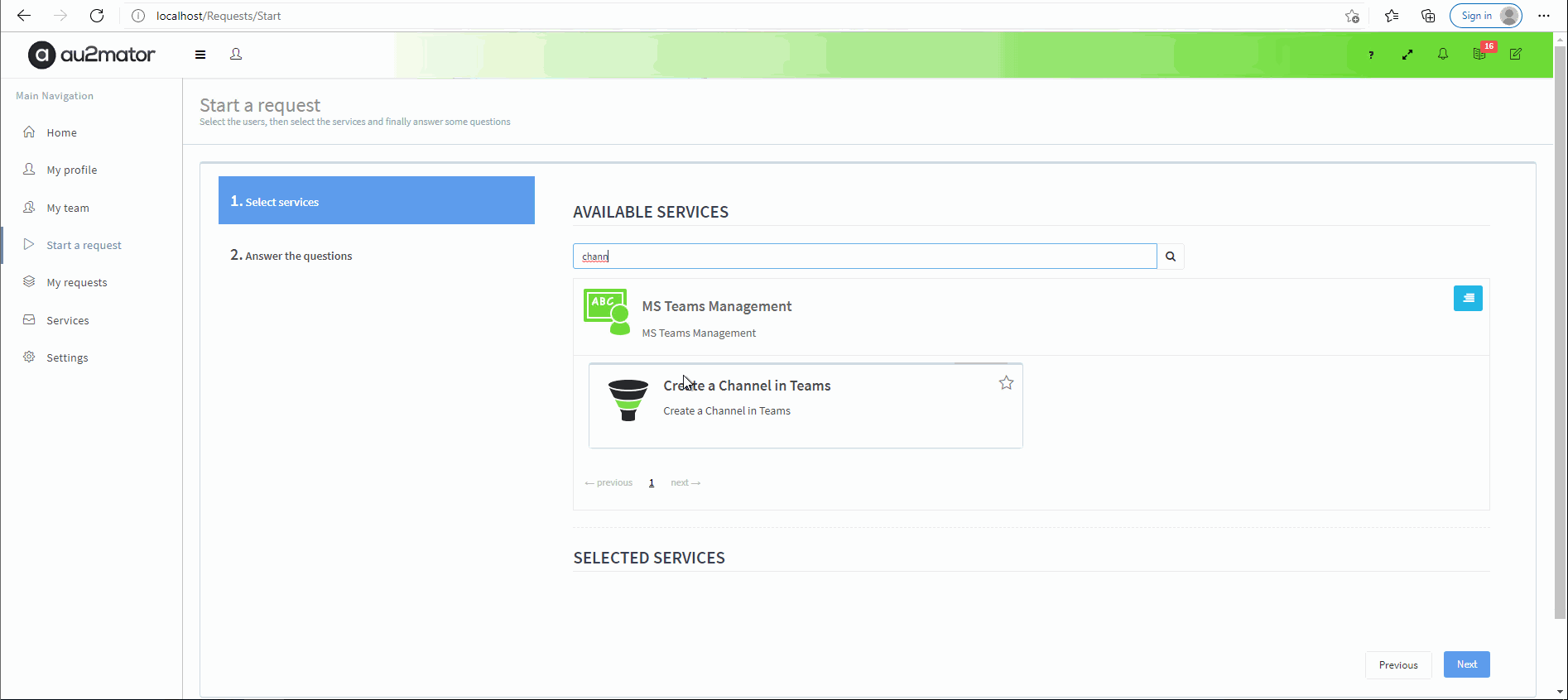In this post, I want to show you how you can create a Team Channel in Teams with PowerShell using MS GRAPH API.
Some of the Use cases❗
✔️Make sure not everyone can create a new Channel
✔️Control your Channels outside Teams.
✔️Many more…
API Reference and Permissions
We used the following Docs to get this Script up and running
- Get a user – Microsoft Graph v1.0 | Microsoft Docs
- List all teams in Microsoft Teams for an organization – Microsoft Graph | Microsoft Docs
- Create channel – Microsoft Graph v1.0 | Microsoft Docs
and I configured the following Permissions
- User.Read.All
- User.ReadWrite.All
- TeamMember.ReadWrite.All
- Channel.Create.Group*
- Channel.Create
- Teamwork.Migrate.All
- Group.ReadWrite.All**
- Directory.ReadWrite.All**
To learn more from Microsoft GRAPH API, see my Blog Series:
Part 1 – Authentication and Azure App – Use Microsoft Graph API with PowerShell – Part 1 » TechGuy
Part 2 – Oauth2.0 – Use Microsoft Graph API with PowerShell – Part 2 » TechGuy
Part 3 – First Powershell Script to get a Teams Lis and Walkthrough – Use Microsoft Graph API with PowerShell – Part 3 » TechGuy
Part 4 – this one – Use Microsoft Graph API with PowerShell – Part 4 » TechGuy
The Script
$clientID = "your ID"
$Clientsecret = "your Secret"
$tenantID = "Your Tenant"
$TeamName = "Techguy Team"
$ChannelName = "My first Channel"
$ChannelDescription = "This is my Channel Description"
$ChannelPrivacy = "Standard" #Standard, Private
$ChannelOwner = "michael@techguy.at" #UPN of the Owner, needed for Private Channel
#Connect to GRAPH API
$tokenBody = @{
Grant_Type = "client_credentials"
Scope = "https://graph.microsoft.com/.default"
Client_Id = $clientId
Client_Secret = $clientSecret
}
$tokenResponse = Invoke-RestMethod -Uri "https://login.microsoftonline.com/$tenantID/oauth2/v2.0/token" -Method POST -Body $tokenBody
$headers = @{
"Authorization" = "Bearer $($tokenResponse.access_token)"
"Content-type" = "application/json"
}
#Get Owner ID
$URLOwnwer = "https://graph.microsoft.com/v1.0/users/$Owner"
$ResultOwner = Invoke-RestMethod -Headers $headers -Uri $URLOwnwer -Method Get
#Get Team ID
$URLTeam = "https://graph.microsoft.com/v1.0//groups?$filter=resourceProvisioningOptions/Any(x:x eq 'Team')"
$ResultTeam=(Invoke-RestMethod -Headers $headers -Uri $URLTeam -Method Get).value | Where-Object -Property displayName -Value $TeamName -eq
#Create Channel
if ($ChannelPrivacy -eq "Standard") {
$BodyJsonChannel = @"
{
"displayName":"$ChannelName",
"description":"$ChannelDescription",
"membershipType":"$ChannelPrivacy"
}
"@
}
else {
$BodyJsonChannel = @"
{
"@odata.type": "#Microsoft.Graph.channel",
"displayName":"$ChannelName",
"description":"$ChannelDescription",
"membershipType":"$ChannelPrivacy",
"members":
[
{
"@odata.type":"#microsoft.graph.aadUserConversationMember",
"user@odata.bind":"https://graph.microsoft.com/v1.0/users('$ChannelOwner')",
"roles":["owner"]
}
]
}
"@
}
$URL = "https://graph.microsoft.com/v1.0/teams/$($ResultTeam.id)/channels"
Invoke-RestMethod -Headers $headers -Uri $URL -Method POST -Body $BodyJsonChannel
GitHub Repo
Here you can find the GitHub Repo with a lot of other examples: Seidlm/Microsoft-Teams (github.com) and Seidlm/Microsoft-Graph-API-Examples (github.com)
Delegate createa Teams Channel as Self Service with au2mator
With au2mator Self Service Portal, you can create a Service and delegate the task to create a Channel in a Microsoft Teams Team.

Some of the Use cases❗
✔️ Make sure not everyone can create a new Channel
✔️Control your Channels outside Teams.
✔️Many more…
More Details: www.au2mator.com
Michael Seidl aka Techguy
au2mate everything



